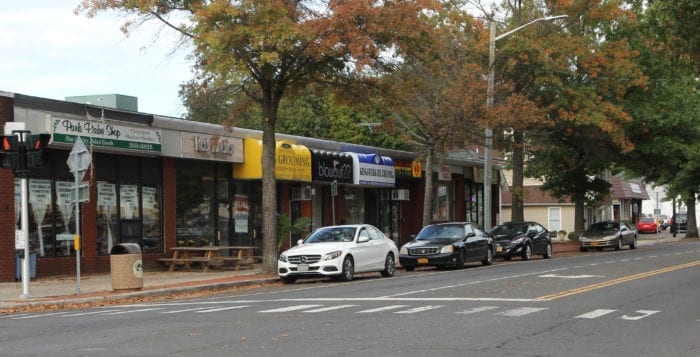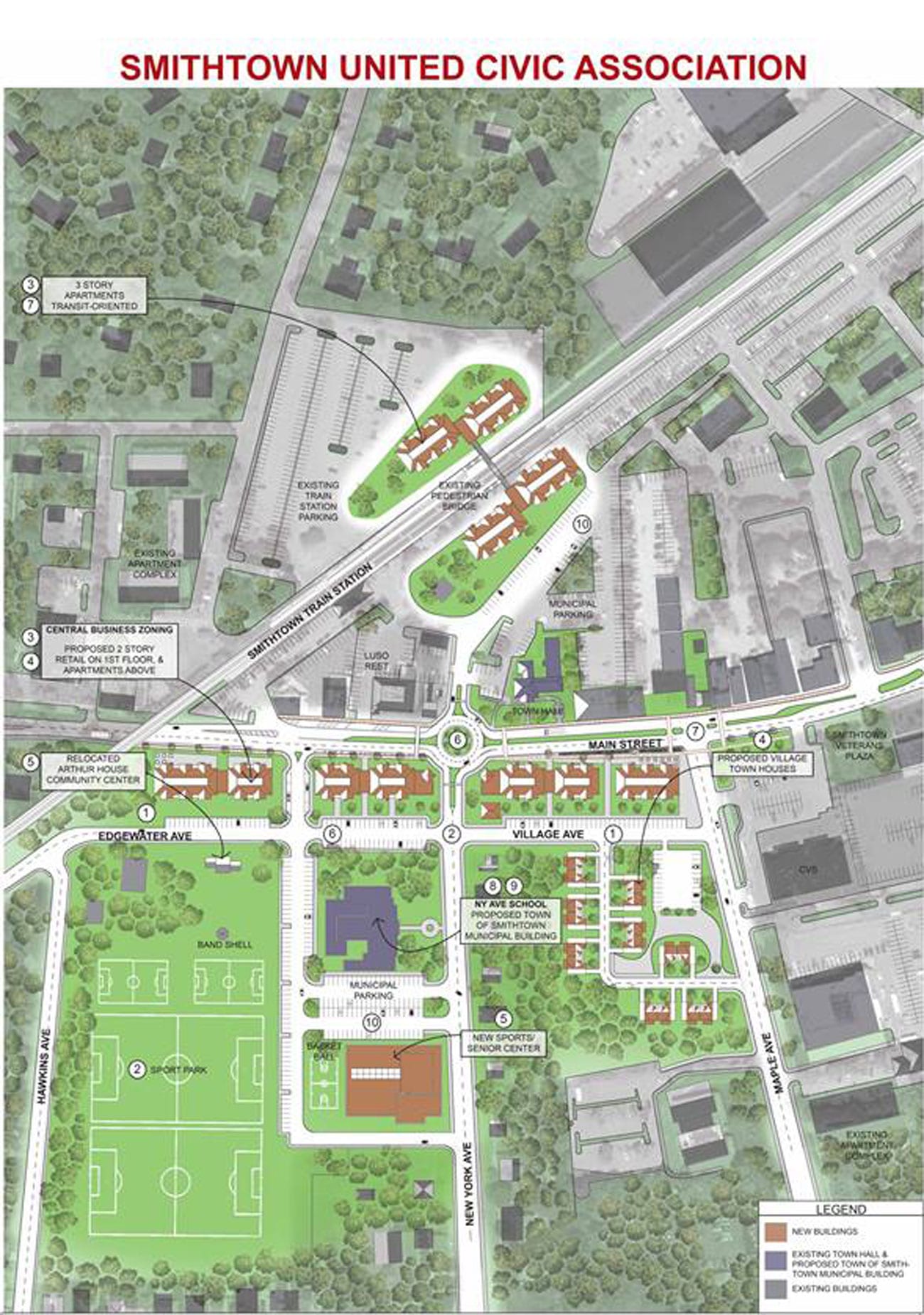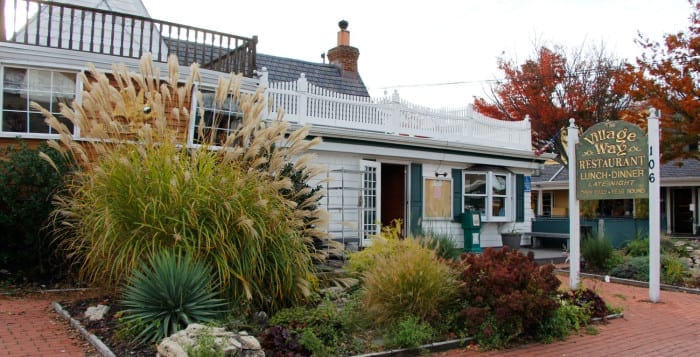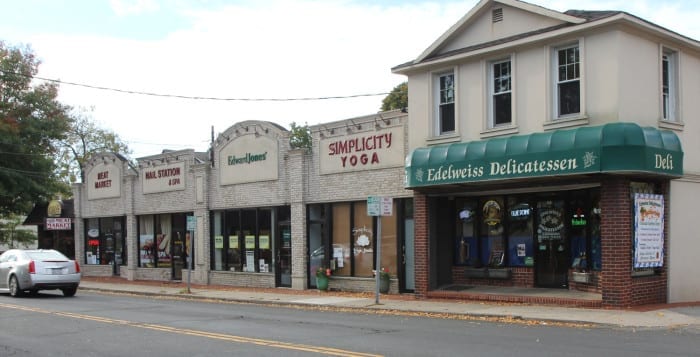There’s renewed hope among Smithtown town officials that they might be able to pave a parking lot to bring Kings Park downstreet one step closer to paradise — or at least revitalization.
Smithtown Supervisor Ed Wehrheim (R) asked his town council members to consider moving forward with getting a real estate appraisal of two vacant lots off Pulaski Road in Kings Park for future use as municipal parking at the Feb. 20 work session. The issue will go before the town board Feb. 22, at 7p.m. for approval.
“[The town attorney] believes that things may have changed,” Wehrheim said. “This might be a good opportunity to look at it.”
The two adjacent wooded lots measure approximately 12,800 square feet, according to town spokeswoman Nicole Garguilo, and are located south of Park Bake Shop off the intersection of Pulaski Road and Main Street.
This is the second appraisal the town will solicit of the properties owned by Matthew Lupoli, as Smithtown officials previously considered purchasing the land in 2013-14.
A petition started by Park Bake Shop owners, Lucy and Gabe Shtanko, in 2013 received more than 600 signatures from Kings Park residents asking town officials to purchase the lot for municipal parking. Wehrheim said a 2014 appraisal determined its fair market price at $230,000, but Lupoli wasn’t interested in selling at that time.
There is a Smithtown Town municipal parking lot across the street from the Kings Park Fire Department on Main Street, next to the Kings Park branch of the public library. But truth be told, Kings Park could possibly use a little more.
The western portion of Main Street — dubbed “Restaurant Row” — is the one area that could possibly use more municipal parking, according to the results of a 2018 market analysis study of downtown Kings Park presented by Larisa Ortiz, urban planner and principal of Larisa Ortiz Associates, to Smithtown Town Board Jan. 25.
“The municipal lots are inconvenient for restaurants,” reads the 62-page report.
The Restaurant Row area, which includes several eateries such as Cafe Red and Relish, averages 4.7 parking spots per 1,000 square-feet of retail space. This is less than the two other areas of Main Street, known as the “civic heart,” near the Kings Park library and Long Island Rail Road station; and “car-centric retail,” which is centered around Tanzi Plaza and the Kings Park Plaza shopping center.
Ortiz’s other suggestions for improving the current parking situation in the downtown area include restriping several existing lots — such as Relish’s — to accommodate more spaces and increase their efficiency.
“When we all ran, we promised to help the downtown,” said Councilwoman Lynne Nowick (R). “We need to work on it.”
















